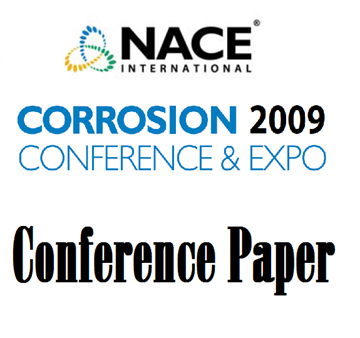Search
97205 THE EFFECT OF GLUTARALDEHYDE ON THE DEVELOPMENT OF MARINE BIOFILMS FORMED ON SURFACES OF AISI 304 STAINLESS STEEL
Also Purchased
09405 Glutaraldehyde: An Understanding of its Ecotoxicity Profile and Environmental Chemistry
Product Number:
51300-09405-SG
ISBN:
09405 2009 CP
Publication Date:
2009
$20.00
02005 THE USE OF A GLUTARALDEHYDE/DBNPA COMBINATION TREATMENT PROGRAM FOR EFFECTIVE CONTROL OF MICROBIAL GROWTH IN COOLING WATER SYSTEMS
Product Number:
51300-02005-SG
ISBN:
02005 2002 CP
$20.00
00124 CHARACTERIZATION OF GLUTARALDEHYDE EFFICACY AGAINST BACTERIAL BIOFILM
Product Number:
51300-00124-SG
ISBN:
00124 2000 CP
$20.00




